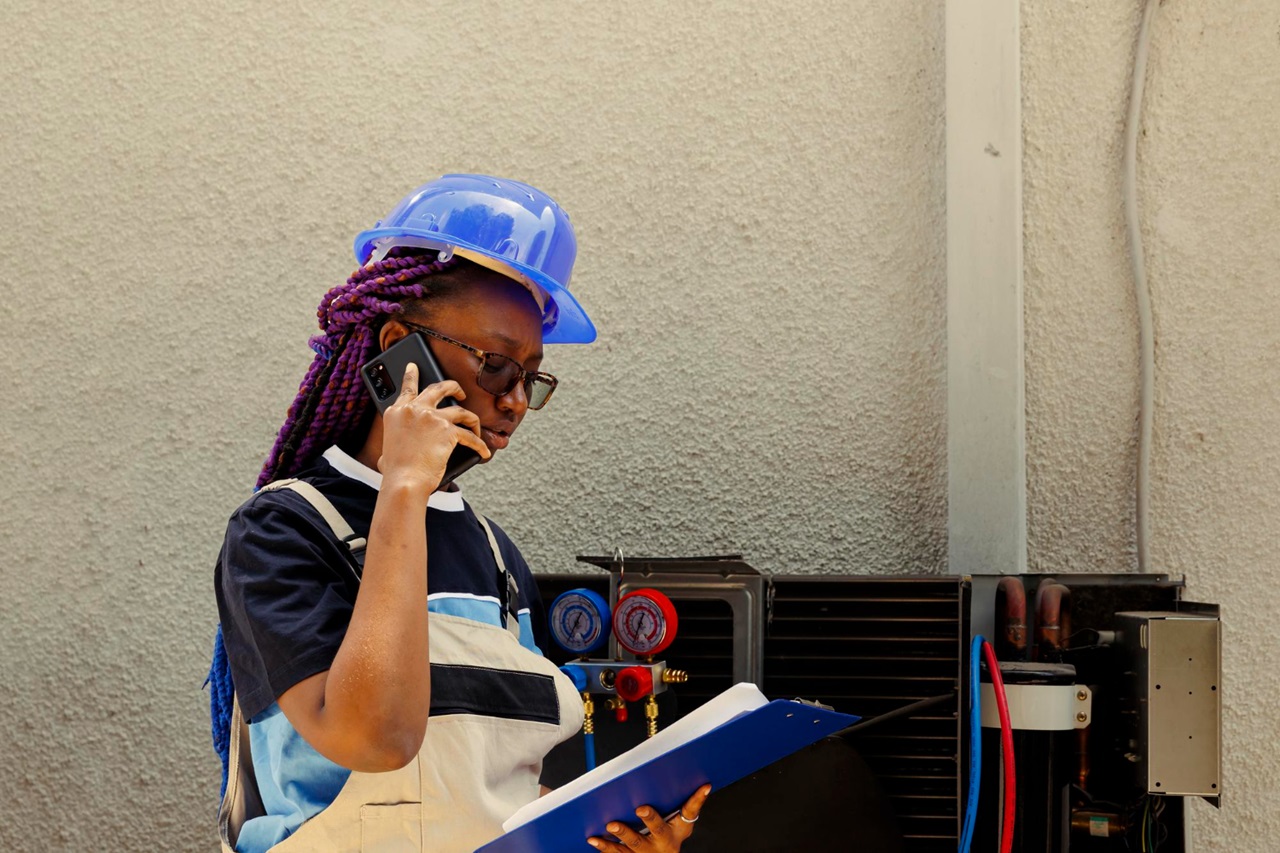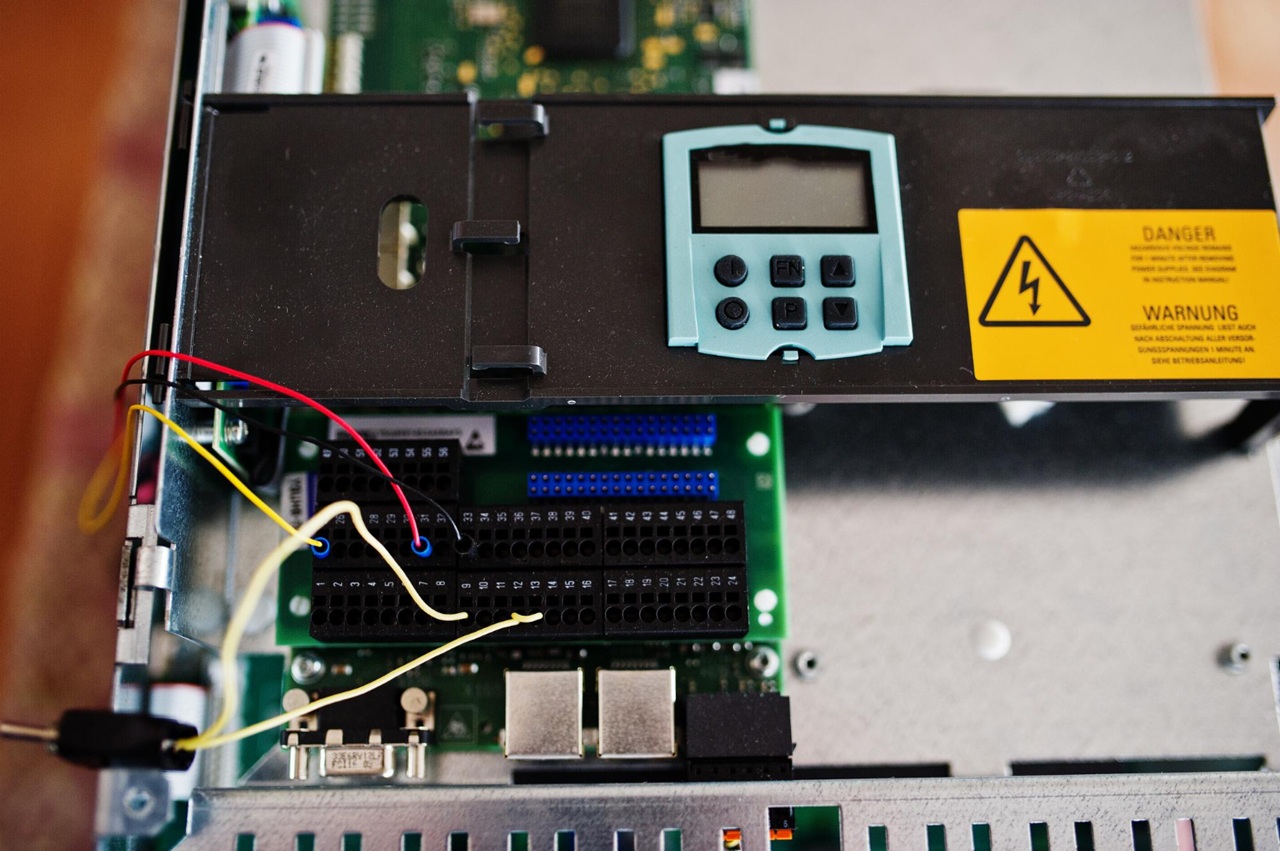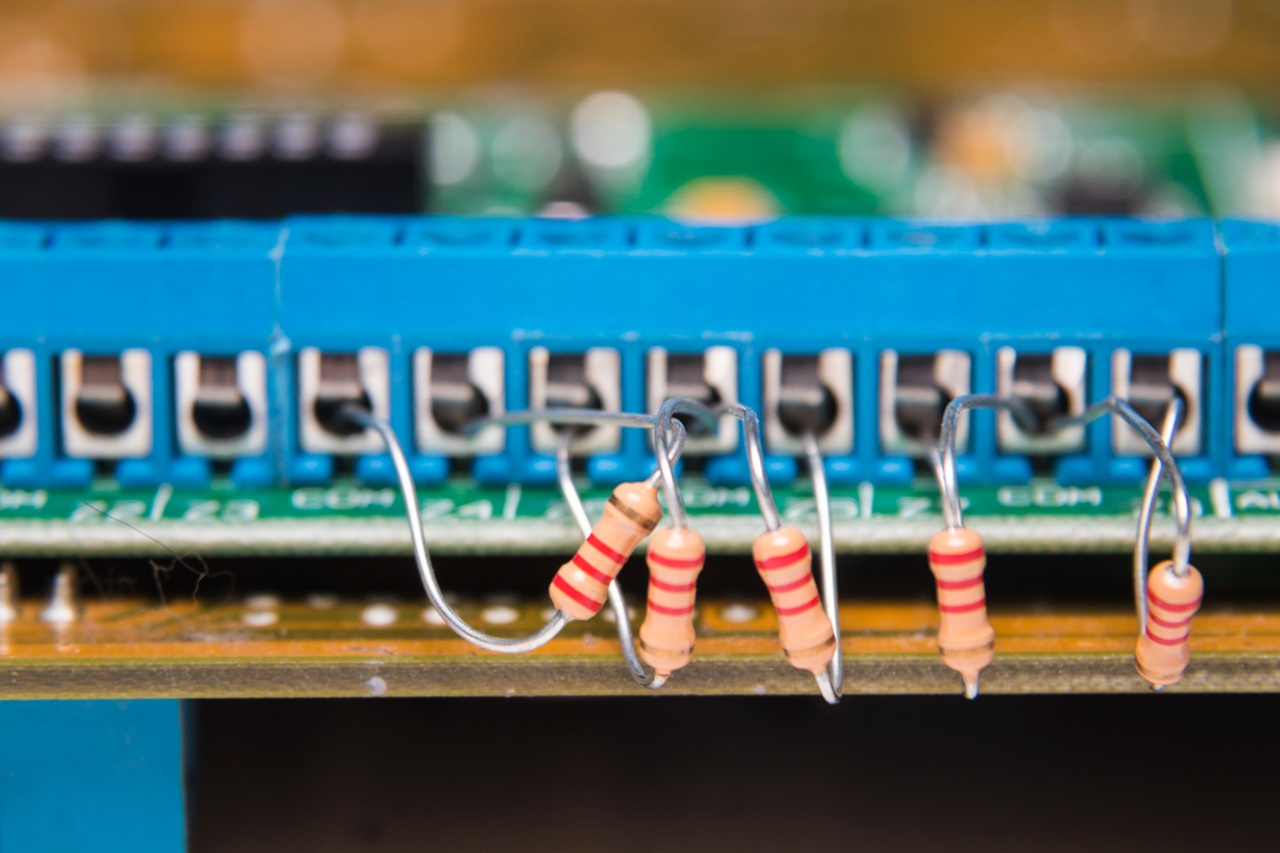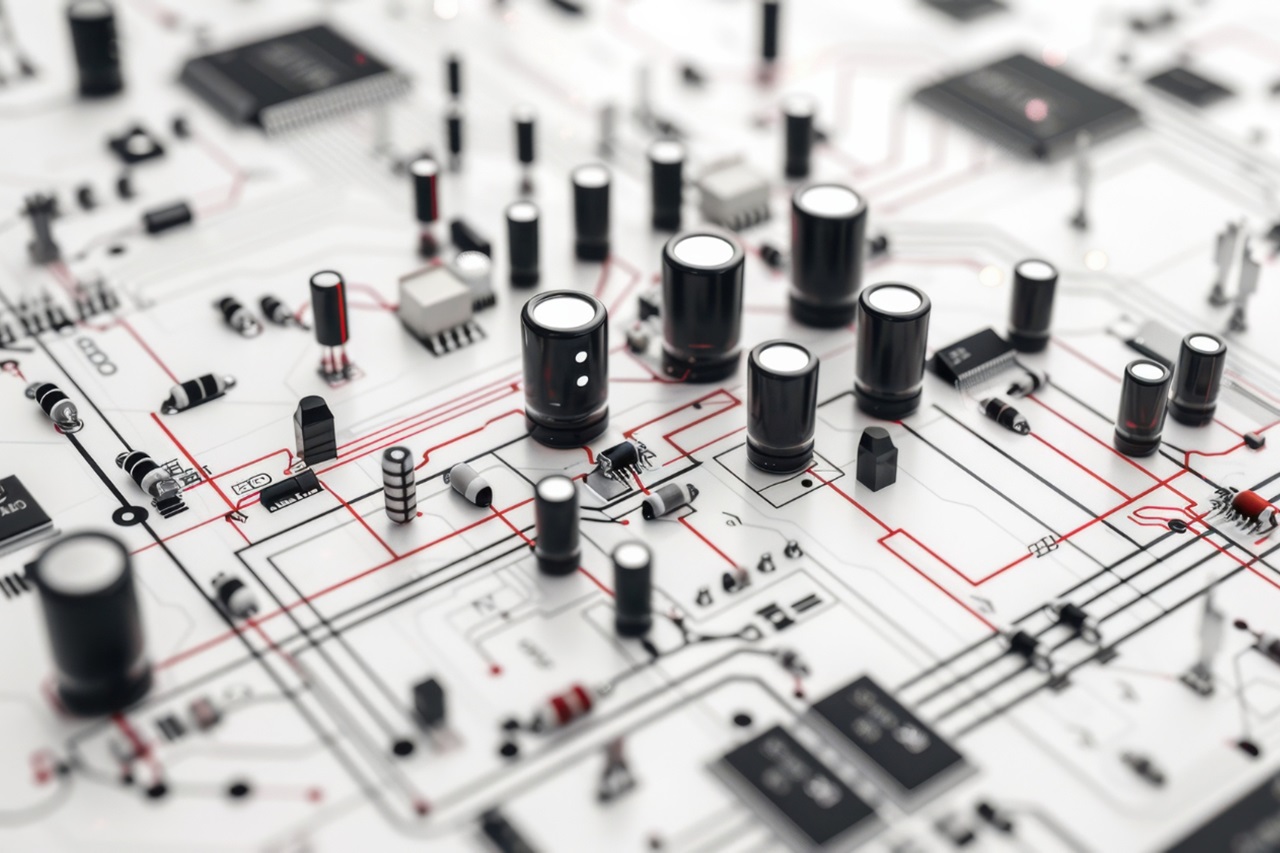Safety First: Essential Precautions When Working with Electronics
Tinkering with electronics is an exciting and rewarding hobby. Whether you’re building your first circuit, repairing a gadget, or exploring advanced projects, there’s a special thrill in making something work. But as much as we love the creativity and innovation electronics bring, safety should always be a top priority.
Working with electricity, no matter the voltage, can be dangerous if proper precautions aren’t taken. A small mistake can lead to burns, shocks, or even damaged components. But don’t worry—staying safe isn’t complicated. In this guide, I’ll walk you through essential safety tips, peppered with real-life examples and practical advice to help you stay safe while working on your projects.
Why Safety Matters in Electronics
Let’s face it: when you’re excited to dive into a new project, safety might not be the first thing on your mind. But it should be. Even seemingly harmless components can pose risks if mishandled.
Take it from me—I once neglected to discharge a capacitor while working on an amplifier. The resulting spark startled me and melted a tiny bit of my screwdriver. Thankfully, I wasn’t hurt, but it was a wake-up call. That’s when I realized: respecting safety is not optional.
Essential Precautions When Working with Electronics
1. Always Disconnect Power
Before working on any circuit, ensure the power source is turned off and unplugged. Even low-voltage circuits can cause shocks or short circuits if handled carelessly.
Pro Tip: If your project involves capacitors, discharge them before touching the circuit. Capacitors can store a charge even after the power is off. Use a resistor or a dedicated discharge tool to do this safely.
2. Use the Right Tools
The tools you use can make or break your safety practices. Insulated screwdrivers, pliers, and cutters are a must when working with electronics. They protect you from accidental contact with live components.
Anecdote: I once used a regular pair of pliers to strip a wire, and the tool slipped, almost nicking my finger. After that, I invested in proper wire strippers—it made the job safer and far more efficient.
3. Wear Protective Gear
Protective gear isn’t just for heavy-duty projects. Even small electronics can pose risks:
- Safety Glasses: Protect your eyes from solder splashes or flying bits of wire.
- Anti-Static Wrist Strap: Prevent static discharge, which can damage sensitive components like microchips.
- Gloves: Use insulated gloves if you’re working on high-voltage circuits.
4. Work in a Well-Ventilated Area
Soldering can release fumes that aren’t great for your health. Always work in a well-ventilated space or use a fume extractor to minimize exposure.
Practical Advice: If you don’t have a fume extractor, position a small fan to blow the fumes away from your face. Just make sure it doesn’t disturb your workspace.
5. Double-Check Your Connections
Before powering up your circuit, carefully review your wiring and connections. Look for loose wires, exposed conductors, or incorrectly connected components.
Why It Matters: A loose connection can cause short circuits, which can damage your components—or worse, create sparks and smoke.
6. Be Mindful of Heat
Many electronic components generate heat, especially resistors, transistors, and power supplies. Overheated components can burn your skin or even cause fires if left unchecked.
Safety Tips:
- Allow components to cool before handling them.
- Use heat sinks or cooling fans for high-power circuits.
- Keep flammable materials away from your workspace.
7. Avoid Water and Moisture
Water and electronics are a dangerous combination. Keep your workspace dry, and never handle electronics with wet hands.
Personal Note: A friend of mine accidentally spilled water on a powered circuit board. The resulting short circuit damaged the board, and they learned the hard way to always keep drinks far from their workspace.
8. Label Everything
When working on larger projects, it’s easy to lose track of wires or components. Labeling helps prevent mix-ups and ensures you know exactly what each connection does.
Pro Tip: Use masking tape and a marker for temporary labels or invest in pre-printed labels for a neater setup.
9. Know the Limits of Your Equipment
Each component in your circuit has limits, such as voltage, current, and temperature ratings. Exceeding these limits can lead to component failure or safety hazards.
Example: A resistor with a 1/4 watt rating might overheat and burn out in a high-power circuit. Always calculate the power requirements and choose components accordingly.
10. Keep a Fire Extinguisher Nearby
Accidents happen, even with the best precautions. A small electrical fire can escalate quickly, so it’s essential to have a Class C fire extinguisher within reach.
Quick Tip: Learn how to use the extinguisher before an emergency arises. Familiarity can make all the difference in a stressful situation.
Additional Tips for Safe and Smooth Electronics Work
- Take Breaks: Working for long hours increases the likelihood of mistakes. Take short breaks to stay focused and alert.
- Stay Organized: A clutter-free workspace reduces accidents. Keep tools and components neatly arranged.
- Supervise Kids: If kids are working on electronics, ensure adult supervision at all times.
- Read the Manuals: Manuals often contain safety warnings specific to the components or kits you’re using. Don’t skip them!
A Personal Reflection on Safety
When I first started working with electronics, I’ll admit I wasn’t as cautious as I should’ve been. I relied on luck rather than proper precautions, and while I avoided serious injuries, I had my fair share of close calls. Over time, I realized that being careful doesn’t slow you down—it actually makes you a better, more confident tinkerer.
Now, safety is second nature, and it’s helped me enjoy this hobby even more. I hope these tips help you avoid the mistakes I made and keep your journey both safe and enjoyable.
Final Thoughts
Working with electronics is an incredible way to learn, create, and have fun—but it’s essential to prioritize safety every step of the way. By following these precautions, you’ll not only protect yourself but also ensure the longevity of your projects and tools.
Remember, every great inventor starts somewhere. With a bit of care and preparation, you can explore the world of electronics with confidence. So, grab your tools, respect the power of electricity, and start building!
Happy tinkering!




Post Comment